A first-class high horology complication rarely reveals its secrets and sophistication at first glance, as even the trained eye doesn’t immediately grasp the complexity of the underlying mechanical processes. This rings especially true for the minute repeater, which symbolizes minimalist appearance at its finest. However, from a technical standpoint, this grand complication is deemed extremely demanding, for it doesn’t merely indicate time but adds an acoustic dimension, chiming the hours, quarters, and minutes when desired.
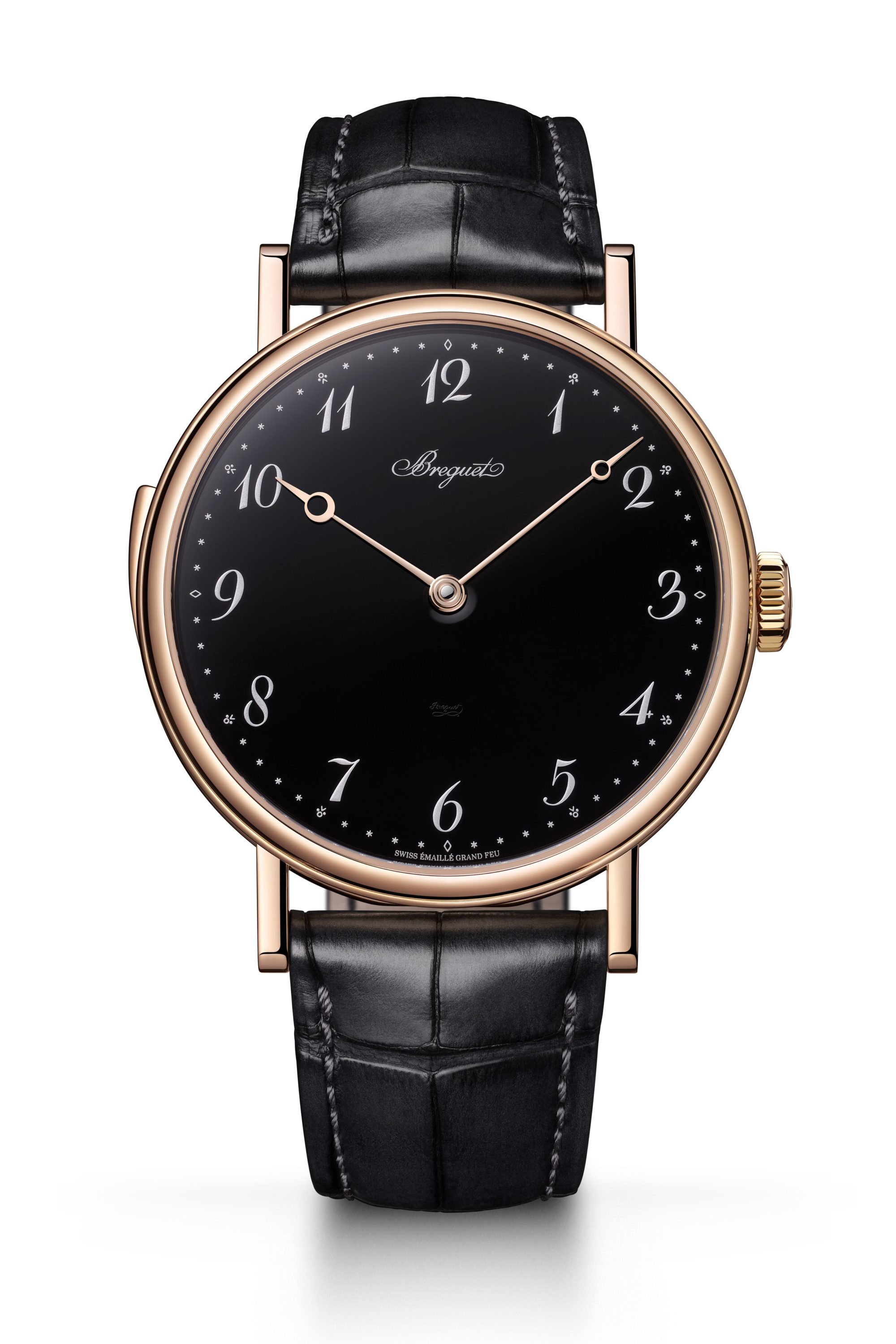
Repeater watches captivate not only due to their virtuoso mechanics, comprising over 100 tiny components with incredibly precise tolerances, but also hold cultural significance. Since the early Middle Ages, the tolling of bells from imposing church towers conveyed authoritative time signals, summoning not just to mass but also structuring people’s workdays – from the morning Lauds to the midday Angelus chime and the evening Vespers. The endeavor to replicate this powerful mechanism within the confined dimensions of a pocket watch case was achieved by skilled watchmakers in the late 17th century. While the initial examples were “silent” watches with case-mounted hour striking that one “felt” to tell time, later models featured small bells. Towards the end of the 18th century, the ingenious Abraham-Louis Breguet developed a mechanism striking a spring blade instead of the bell-type gong used until then. Today, Breguet pays tribute to this ingenious design with the Classique Répétition Minutes 7673.
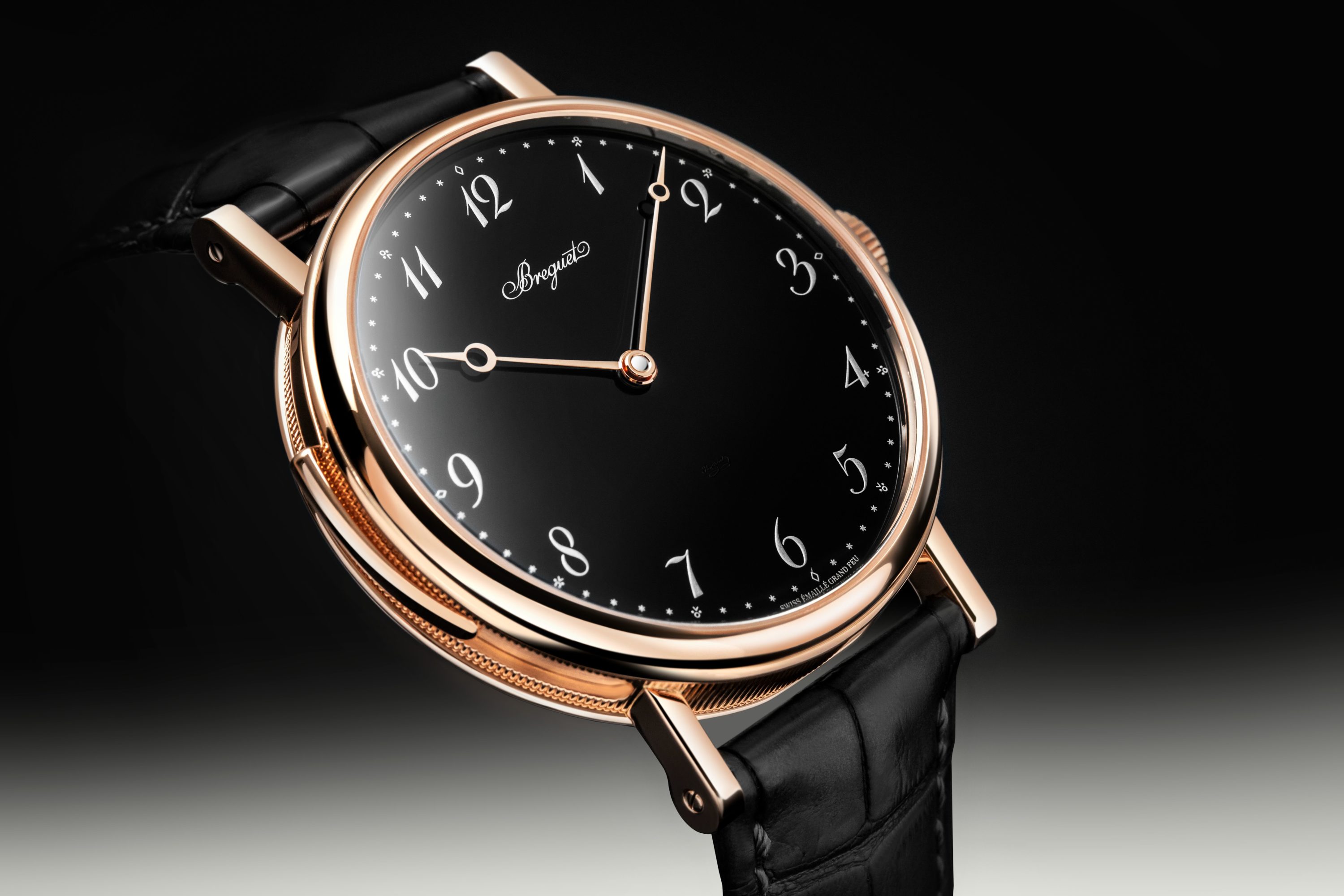
Even modernly, the conception and construction of a minute repeater remain among the most significant technical challenges. The movement is complemented by a striking mechanism consisting of hammers and a gong spring that chime the time on demand. The components of the movement need to possess appropriate acoustic properties for this purpose. Furthermore, all these elements must find space within the modest dimensions of a wristwatch case. All of this requires immense watchmaking skill and years of experience. Even a highly specialized watchmaker requires over a month for assembling a minute repeater.
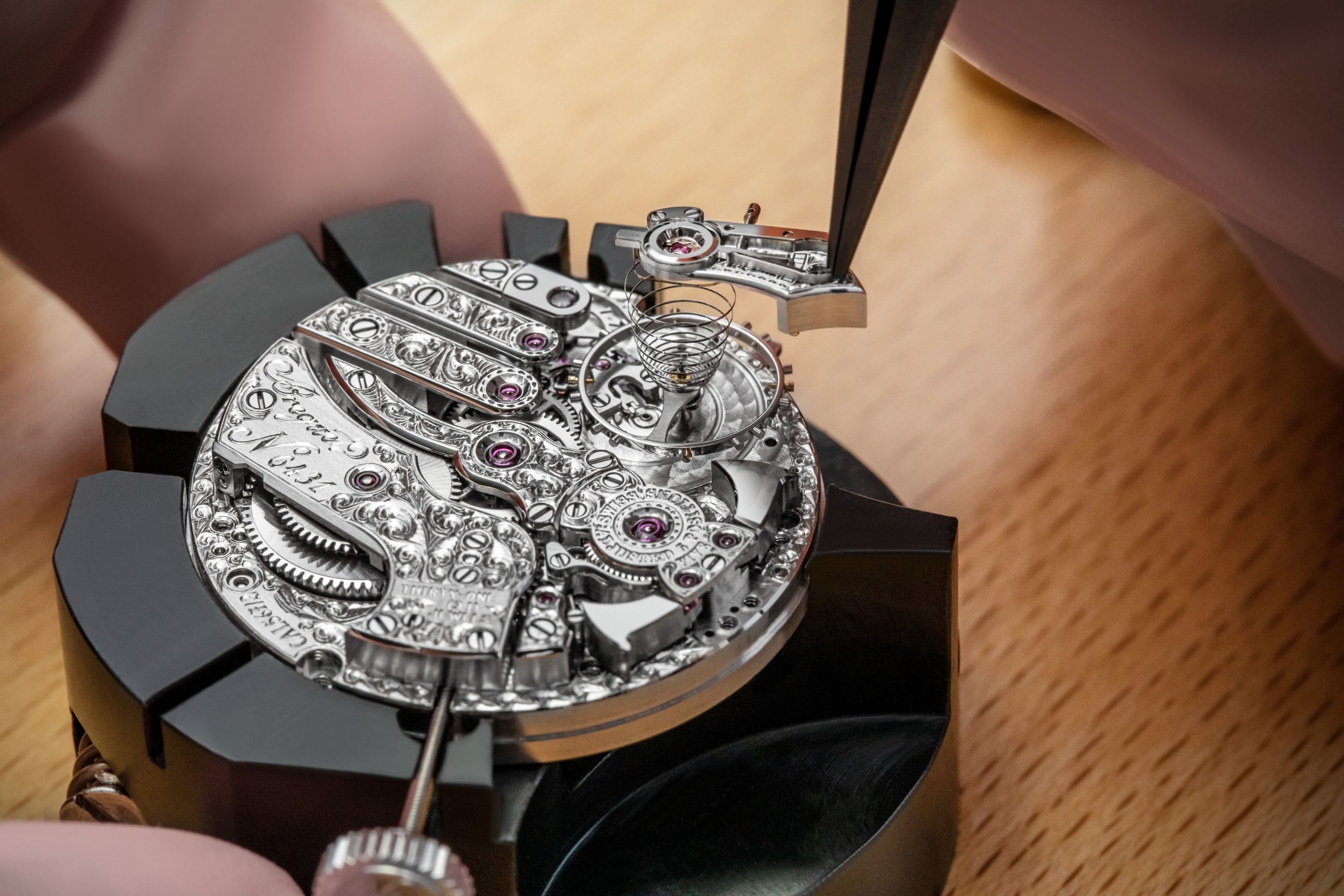
In the conception of a minute repeater, the work of an acoustician is also essential. They search for the perfect sound, as the mechanism is added to the watch. At Breguet, after assembling the striking mechanism, the sound tuning occurs in two phases: harmonic and melodic. In a soundproof chamber specially set up for this acoustic time indication, the specialist first seeks the resonance frequency of each sound. Once identified, a melody is sought that best matches Breguet’s sound signature. As each timepiece is handcrafted, the acoustics subtly differ from one watch to another, making this complication even more unique.
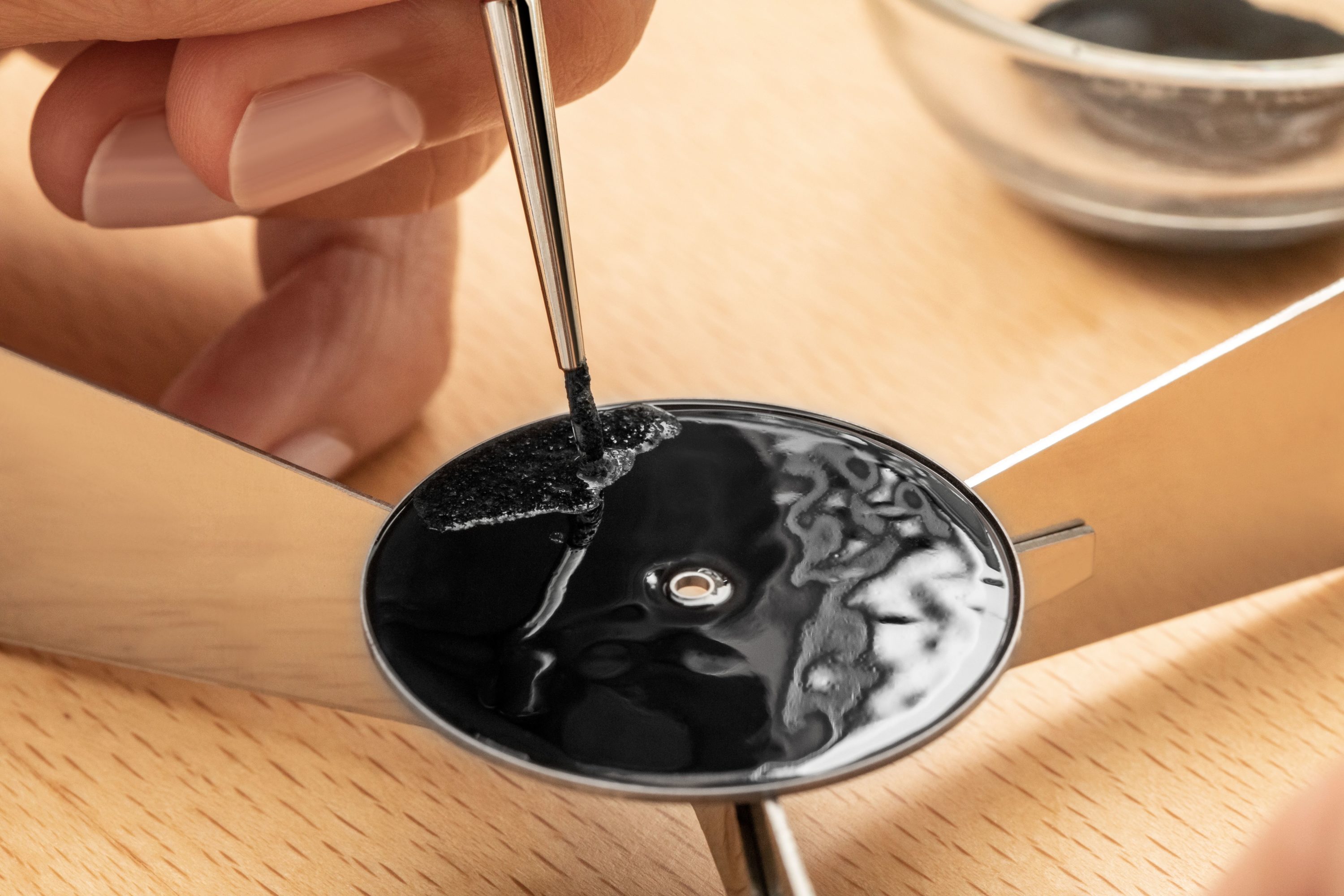
The creation of the dial also demands a craftsmanship mastered by only a few artisans today: the technique of Grand Feu enamel. Color powders, blends of ground silicon dioxide and oxides, are dissolved in water and applied to the dial using various methods. The secret lies in the firing process. Each applied color layer must be fired separately in the oven at over 800°C for a precisely determined duration.

At this temperature, the enamel powder newly applied for each desired layer melts. Crafting a single dial can take several weeks until the desired hue is achieved. The Arabic Breguet numerals, minute markers, and the Breguet logo are highlighted in a powdered silver hue. The renowned Breguet hands feature the signature pierced “Pomme” tip that indicate the hour and minute.
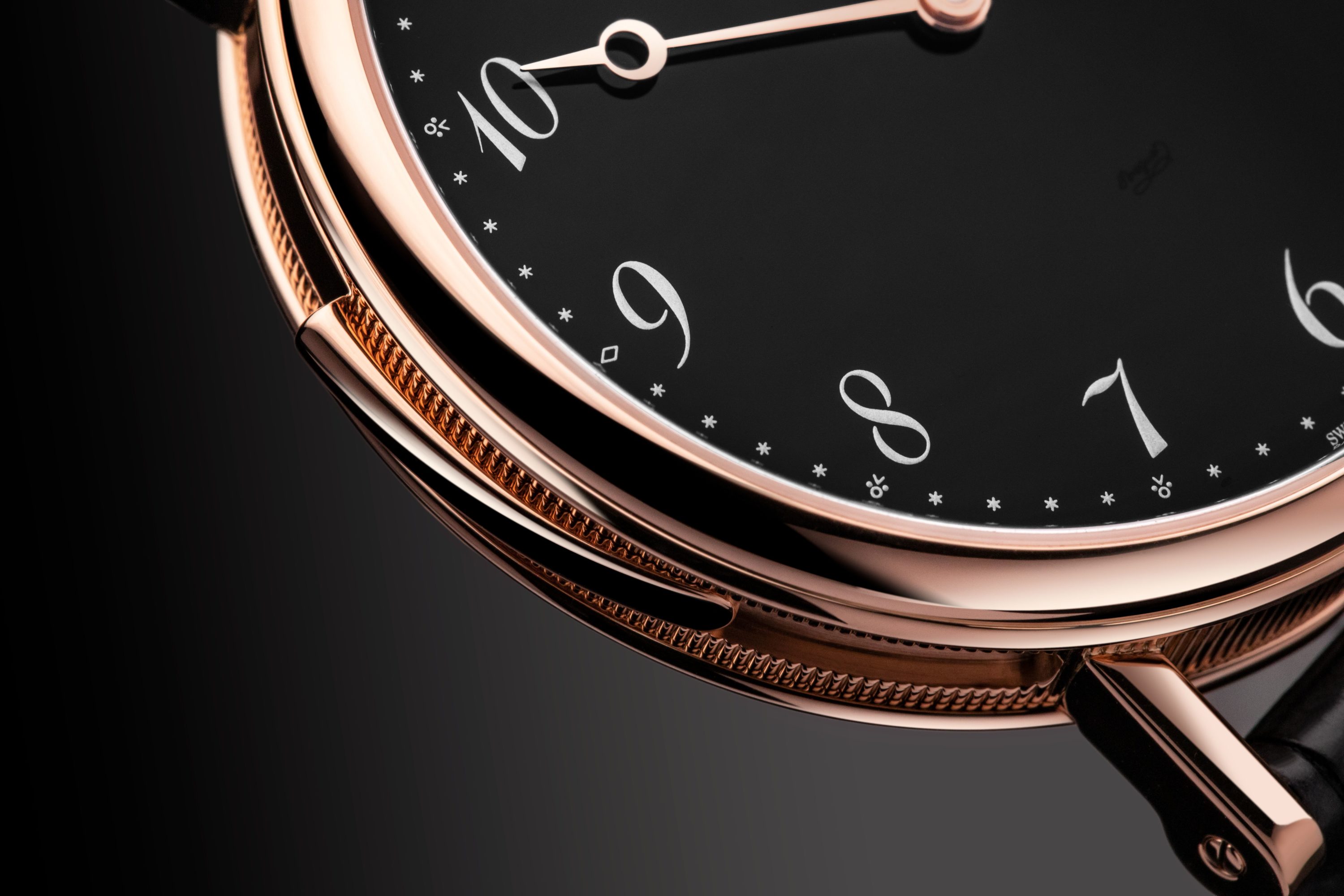
The minute repeater mechanism is activated through the lateral slide on the case middle at 9 o’clock. The case measures 42mm in diameter and is offered in rose gold. Through the sapphire crystal case back, the manual-winding Caliber 567.2 movement can be admired. Its balance wheel oscillates at a frequency of 2.5 Hz. The movement is fully hand-decorated, particularly the hammers made of highly polished steel.
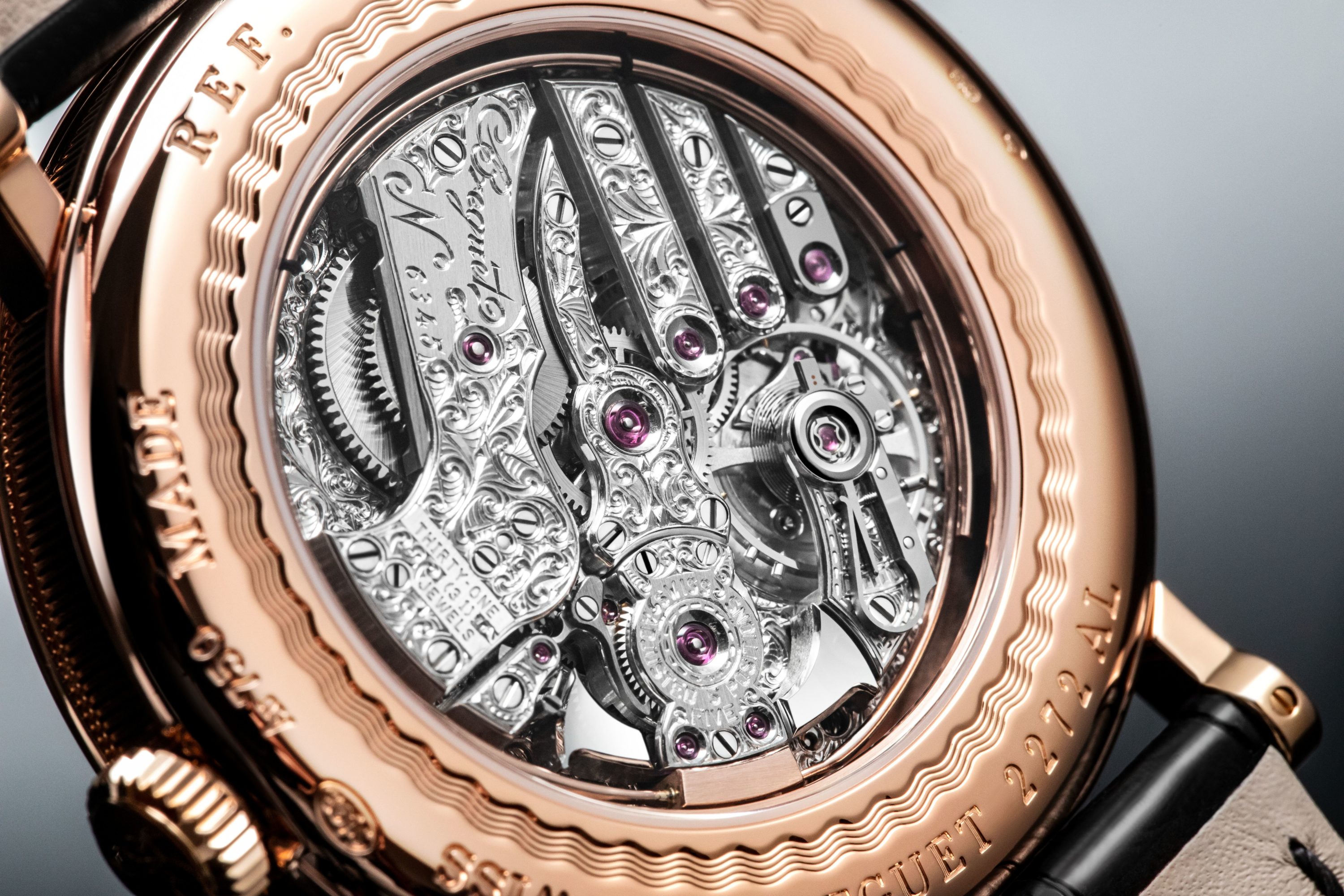
Apart from the aesthetic finesse of the manual decorations, this repeater mechanism showcases the genius of the designers in the arrangement of the gong springs and hammers. The gong springs are attached to the case middle instead of the mainplate. This design allows them to swing directly, transmitting sound in an optimal manner. Moreover, the gong springs are made of gold to achieve a harmonious and rich sound quality. As the case is also made of gold, all parts share the same acoustic impedance, contributing to better sound transmission and quality.
Pricing for the Breguet Classique Répétition Minutes 7673 is marked at $248,800.
To learn more, visit Breguet, here.


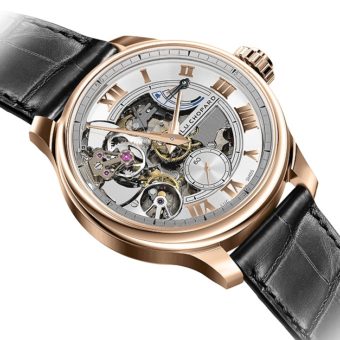
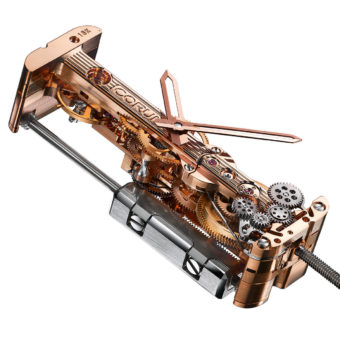
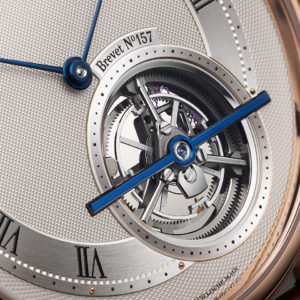

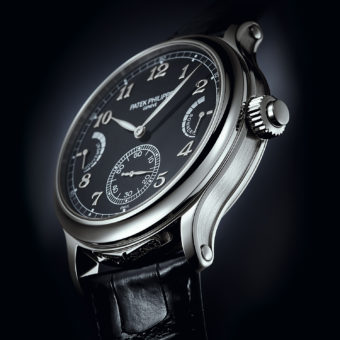
In Australia (Down Under) $250K USD will buy you a one bedroom apartment.
Money no object – this is a very desirable and exquisitely crafted watch….
If I had the money – I must have one !